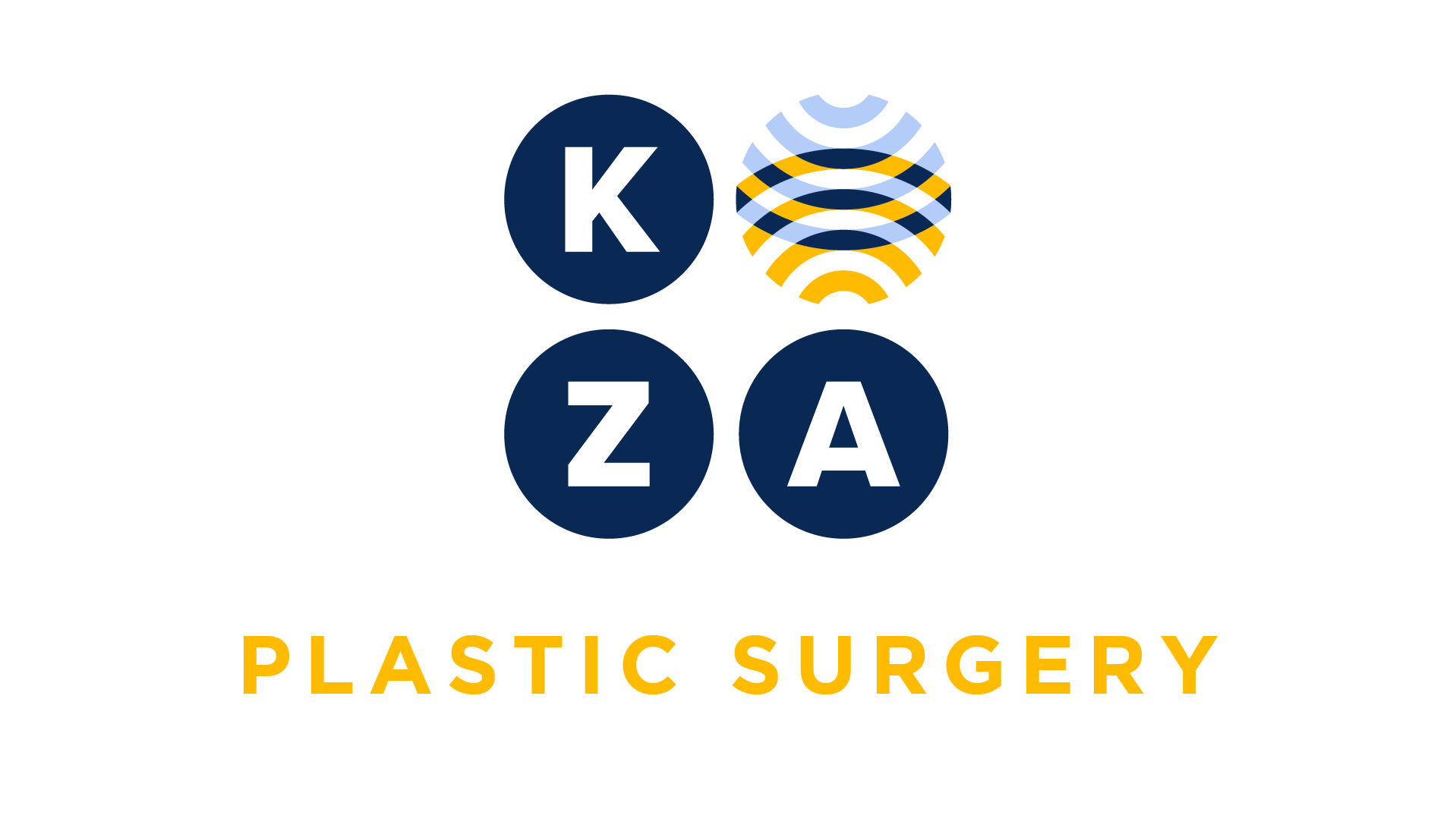
Choose your specialty from the list below to see how our experts have tackled a wide range of client questions.
Looking for something specific? Utilize our search feature by typing in a key word!
Billing for Pre-Op H&P Visit
Hospitals require that we do an H&P within 30 days of taking a patient to the OR. If this visit is more than 48 hours prior to surgery, is that a billable visit?
Question:
Hospitals require that we do an H&P within 30 days of taking a patient to the OR. If this visit is more than 48 hours prior to surgery, is that a billable visit?
Answer:
No, the H&P in this case is not a billable visit. This question comes up often and was addressed by AMA CPT Assistant in the following excerpt:
“If the decision for surgery occurs the day of or before the major procedure and includes the preoperative evaluation and management (E/M) services, then this visit is separately reportable. Modifier 57, Decision for Surgery, is appended to the E/M code to indicate this is the decision-making service, not the history and physical (H&P) alone. If the surgeon sees the patient and makes a decision for surgery and then the patient returns for a visit where the intent of the visit is the preoperative H&P, and this service occurs in the interval between the decision-making visit and the day of surgery, regardless of when the visit occurs (1 day, 3 days or 2 weeks) the visit is not separately billable as it is included in the surgical package. Example: The surgeon sees the patient on March 1 and makes a decision for surgery. Surgery is scheduled for April 1. The patient returns to the office on March 27 for the H&P, consent signing, and to ask and clarify additional Question:s. The visit on March 27 is not billable, as it is the preoperative H&P visit and is included in the surgical package.”
Source: AMA CPT Assistant, May 2008/Volume 19, Issue 5, pp. 9, 11
CPT says once the decision is made to proceed with surgery the subsequent visits related to the procedure (e.g., doing H&P, getting consent form signed, answering Question:s) are included. However, in some cases a patient may be a candidate for a surgical procedure but has a number of medical issues (such as cardiac disease and asthma) that require a medical evaluation to determine if he/she is healthy enough for surgery. After the patient has had a “medical clearance” he/she returns to you to review the medical doctor’s evaluation and you at that point decide to proceed with surgery. This visit can be billed as an E&M visit as the decision for surgery is just now being made.
*This response is based on the best information available as of 04/13/17.
Diagnosis for Open Wounds as a Result of Cancer Resection
What diagnosis code do we use when we are reconstructing a defect after the Moh’s surgeon, or someone else removed the cancer? When I try to crosswalk the ICD-9-CM open wound code I
Question:
What diagnosis code do we use when we are reconstructing a defect after the Moh’s surgeon, or someone else removed the cancer? When I try to crosswalk the ICD-9-CM open wound code I used to something in ICD-10-CM, it takes me to an S code which is strange because the open wound is not the result of an injury or trauma.
Answer:
Good Question:! Technically, you would not use a cancer diagnosis code since you are not treating cancer (the Moh’s surgeon treated the cancer by excising it). Your diagnosis codes, as the surgeon treating an open wound/resulting defect resulting from cancer resection are:
- Z48.1 Encounter for planned postprocedural wound closure, and2. Z42.8 Encounter for other plastic and reconstructive surgery following medical procedure, and3. Personal history of neoplasm code (e.g., skin Z85.82-, melanoma Z85.820). If the reconstruction occurs on the same day as the cancer removal, then the C code for malignant neoplasm can be substituted for the Z85.- code.
*This response is based on the best information available as of 12/15/16.
Surgical Modifiers: How Do They Impact Reimbursement?
What reimbursement should we expect when using the global period modifiers 58, 79 and 78?
Question:
What reimbursement should we expect when using the global period modifiers 58, 79 and 78?
Answer:
Surgical modifiers are used to indicate that a subsequent procedure was performed during the global period of a prior surgery. Modifiers tell the payer the rationale for allowing payment for this subsequent procedure. The modifiers and reimbursement impact of each is shown below:
Modifier 58: to indicate a second procedure was performed as a staged procedure. Reimbursement should be 100% of the allowable fee.
Modifier 79: To indicate an unrelated procedure was performed during the global period of the original procedure. Reimbursement should be 100% of the allowable fee.
Modifiers 78: To indicate that a complication of an original procedure was treated by a return to the operating room, catheterization or endoscopy suite. Reimbursement should be at 70-80% of the allowable fee. This reduction reimburses for the intra-operative portion of the procedure only, since the patients pre and post-operative services are paid under the original surgery’s flat fee.
*This response is based on the best information available as of 08/18/16.
Three Layer Closure = Complex Repair?
Is a 3-layer closure after a malignant skin lesion removal considered a complex repair code (131xx)?
Question:
Is a 3-layer closure after a malignant skin lesion removal considered a complex repair code (131xx)?
Answer:
No. Actually, CPT says a “Complex repair includes the repair of wounds requiringmore than layered closure, viz., scar revision, debridement (e.g., traumatic lacerations or avulsions), extensive undermining, stents or retention sutures.” The emphasis (bold) is added to show that a complex repair code requires more than a layered closure. The intermediate repair (12xxx) code guidelines say a “layered closure of oneor moreof the deeper layers of subcutaneous tissue and superficial (non-muscle) fascia, in addition to the skin (epidermal and dermal) closure” is performed. The emphasis (bold) is added to show that one or more (e.g., two, three) layers repaired is considered an intermediate repair after excision of a skin lesion.
*This response is based on the best information available as of 05/26/16.
Excision of Scar
Patient comes in for what they are calling scar revision and the note states that “standing cutaneous excess of the left abdominal scar” was sharply excised. We are billing with a diagnosis…
Question:
Patient comes in for what they are calling scar revision and the note states that “standing cutaneous excess of the left abdominal scar” was sharply excised. We are billing with a diagnosis of hypertrophic scar (L91.0) and CPT codes of 11406 (excision of benign lesion) and 12034 (intermediate repair) for the procedure. On speaking with a co-worker regarding the note, since I’m new to plastics surgery, we are wondering if we should bill 15830 with 52 modifier because it appears to me that the excess skin is being removed. What do you think?
Answer:
CPT says for scar revision to use a complex repair code such as 13100-13102. Do not use the benign lesion removal and intermediate repair code combination (11404 and 12034). Also, do not use 15830 – that code says Excision, excessive skin and subcutaneous tissue (includes lipectomy); abdomen, infraumbilical panniculectomy. CPT 15830 is meant for procedures commonly referred to as a panniculectomy to prevent the occurrence of recurring rashes, skin maceration, and yeast infections that develop in the abdominopelvic fold following extreme weight loss – not for scar revision.
*This response is based on the best information available as of 04/28/16.
Excision of “Dog Ear” at Time of Breast Reconstruction
What code should I use for excision of a “dog ear” of the reconstruction flap that was done at the same time as the second stage of breast reconstruction?
Question:
What code should I use for excision of a “dog ear” of the reconstruction flap that was done at the same time as the second stage of breast reconstruction?
Answer:
Actually, excision of the dog ears is included in the primary procedure code for your second stage procedure and should not be separately reported with a lesion removal code (e.g. 114XX) or any other code.
*This response is based on the best information available as of 03/17/16.

